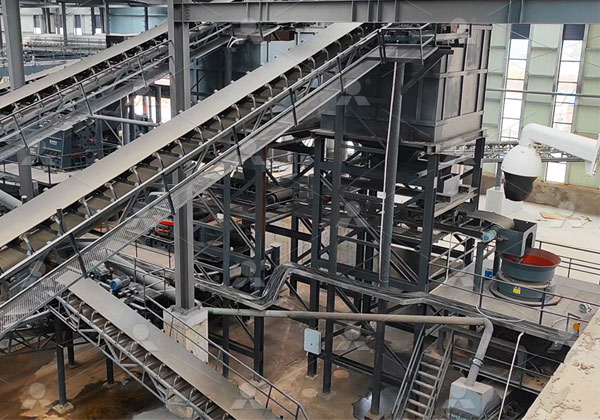Overview of a Stone Crushing Plant
A stone crushing plant is an essential facility used in the production of aggregates and construction materials. It processes large rocks, stones, and minerals into smaller pieces suitable for various applications, such as road construction, concrete mixing, and landscaping. These plants play a crucial role in producing different sizes of crushed stone, from fine dust to larger stones, ensuring the proper material supply for diverse infrastructure projects.

Components of a Stone Crushing Plant
A typical stone crushing plant consists of several key components, including a vibrating feeder, primary crusher (often a jaw crusher), secondary crusher (like a cone or impact crusher), vibrating screens, and belt conveyors. Auxiliary equipment such as dust collectors and storage silos may also be present to improve environmental performance. The choice of crushers and additional equipment depends on the type of stone being processed and the desired output size.
Working Process of the Plant
The stone crushing process starts with the raw material being fed into the vibrating feeder, which directs the material to the primary crusher. The primary crusher breaks down large stones into smaller pieces. These pieces are transferred via conveyor belts to secondary crushers, where further size reduction takes place. Finally, vibrating screens separate the crushed material into different sizes, ready for use or further processing.
Capacity and Scalability
Stone crushing plants vary in size and capacity, from small setups producing 50 tons per hour to large facilities capable of processing over 1,000 tons per hour. Modular and mobile plants are also available, providing flexibility for temporary construction sites or remote locations. The scalability of these plants allows them to be tailored to specific project requirements, ensuring cost-effective production.
Applications and Benefits
A stone crushing plant can be customized to meet specific project requirements, with considerations for plant capacity, stone type, final product size, and mobility. Some plants are stationary, built for high-volume production, while others are mobile and can be moved to different sites to support various projects. Advanced control systems and automation technologies enhance the plant’s performance, making it possible to monitor and adjust operations in real-time for optimal efficiency.
